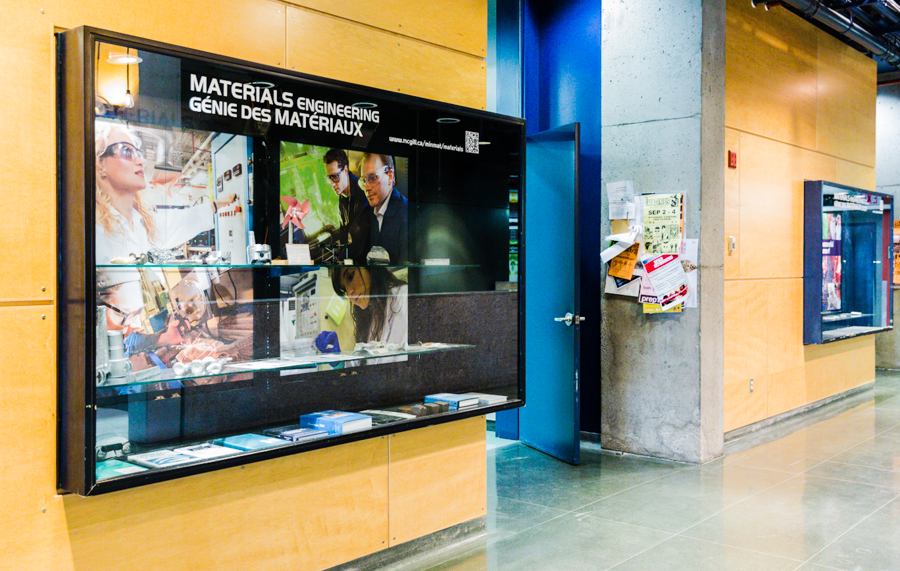Every summer, undergraduate engineering students from all departments present the research they have undertaken as part of the Summer Undergraduate Research in Engineering (SURE) program. This intensive 16-week summer program offers students a paid opportunity to do research and work closely with professors. For students like myself, who sometimes find the realm of graduate study alien, SURE offered a great opportunity to explore current research paths in my field of materials engineering, as well as how my work in the classroom relates to industry.
I worked with a PhD student under the supervision of a professor, on the study of tribology, or friction and wear of surfaces.Specifically, the project looked at the impact that oxygen content in feedstock powder – a mixture of elemental powders –has on the sliding behaviour of copper coatings by measuring their friction, calculating the wear rate, and so on.
The work term kicked off with the preparation of samples. While this is an important way to learn the basics, it was, in all honesty, very repetitive and tedious work that required a lot of practice and patience. Nevertheless, it was by no means trivial. In the project, sample preparation involved polishing materials like copper–molybdenum composite coatings. However, since the quality of polished samples played a significant role in my research, I ended up having to re-polish some of the samples to get better results.
Another crucial step in the project was literature review, which allowed students and professors alike to get an understanding of the existing research. When I started with experiments to collect data, the theories made very little sense to me, having taken only elementary material science courses. Swimming through a long list of papers on cold spray, tribology, nanoindentation, and copper coatings was difficult, but necessary.
A literature review involved different types of papers: those that were introductory or general, defining technical terms and providing reference for future studies, and those that focused on my specific research, the tribology of copper coatings. Reading through an extensive list of papers makes it possible to use observations and conclusions from past literature to predict future experimental results and make sense of observations made during the experiment.
One invaluable thing the program taught me is that research is an autonomous learning process. Instead of waiting for answers, you have to actively seek them out through reading, discussions with peers and supervisors, and independent thinking. The quest for answers also involves carefully designed experiments that will fulfil research goals, repeating them to get reliable data, and analyzing the obtained data.
For me, the poster presentations were one of the highlights of the SURE program. Not only do these presentations test public speaking skills and the depth of your understanding of the project itself, but also teach you how to present both technical details and the general gist.
The event truly came together because of my peers’ passion for the field, and the diversity in research in the multiple branches of engineering. However, there are some criticisms of SURE that I can offer. Professors and graduate students should have been more prepared for the program; since my project wasn’t finalized until the end of June, I only had around a month to read, conduct experiments, obtain data, and prepare a presentation. Had the project started in May, as it should have, it would have provided me with much more time and peace of mind, and would have increased the quality of my data and conclusions.
Still, the program was a good experience that showed me how supportive graduate students and professors are at McGill. One graduate student, Lisa Lee, told me that one thing she likes about McGill is that people are always there to help. For my experience with SURE, this certainly rings true.

